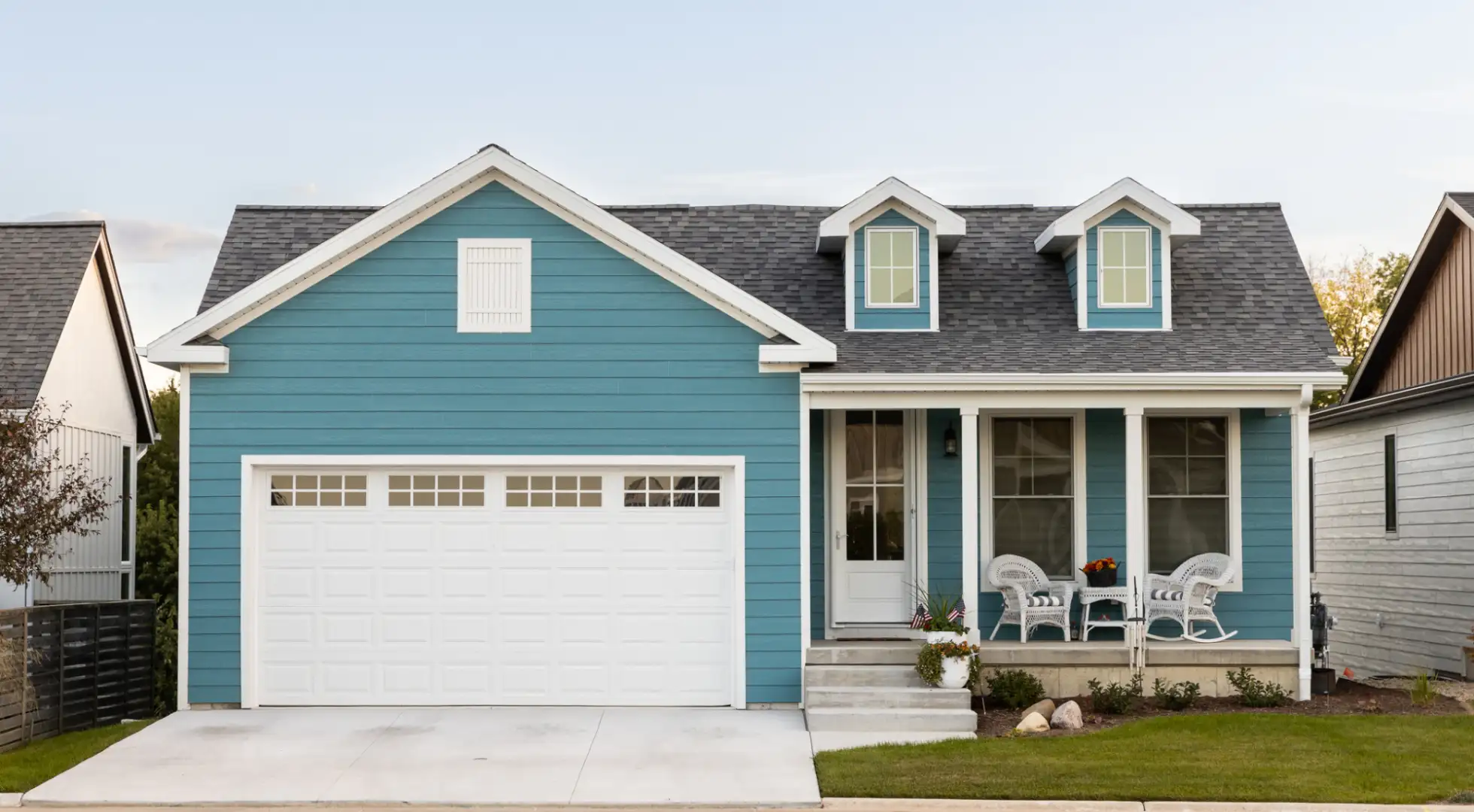How FHA Upfront Mortgage Insurance Premiums (UFMIP) Benefit You

Different types of loans call upfront mortgage insurance different things. The FHA loan calls it the upfront mortgage insurance premium (UFMIP). USDA loans deem it a “guarantee fee.” VA calls it a funding fee. They all go toward supporting their respective programs, keeping them sustainable for future homebuyers.
Here’s why FHA UFMIP, while not fun to pay, might be worth it.
Takeaways:
UFMIP enables you to buy with mediocre credit and 3.5% down.
Without it, you would need a conventional loan and could spend decades saving and improving your credit score.
UFMIP costs 1.75% of the loan amount and can be wrapped into the loan.
You can get part of your UFMIP refunded if you refinance into another FHA loan within three years
Why Do You Have To Pay UFMIP?
Your UFMIP bill goes toward helping the program stay afloat for future homebuyers. Because someone else paid UFMIP, you are eligible for an FHA loan.
Still, it’s easy to resent mortgage insurance. You have to pay chunky sums for insurance that primarily benefits the lender.
The UFMIP goes into a pot at the federal government. The lender gets some of it if the loan goes bad. It sounds pretty one-sided, but it's not.
Think of it this way: Without it, you couldn’t get a home loan until you'd saved up a 20% down payment.
Think how many extra years that would force you to be a renter or living with mom and dad. And, all that time, you’d be missing out on the benefits of being a homeowner, principally the home price appreciation that typically helps you build equity and boosts your net worth.
FHA UFMIP can be thought of as a necessary evil, although evil is probably too strong a word. Maybe necessary annoyance.
How Much Will FHA UFMIP Cost You?
Your upfront mortgage insurance premium is a percentage of the loan amount: 1.75% in all cases.
FHA UFMIP Example
Home Price | $250,000 |
Down Payment (3.5%) | $6,250 |
“Base” Loan Amount | $243,750 |
UFMIP (1.75% of Loan) | $4,265 |
Final Loan Amount (if UFMIP is wrapped into loan) | $248,015 |
Most FHA homebuyers wrap UFMIP into their loan. However, you can pay it out-of-pocket if you wish.
Monthly FHA MIP Payments
FHA has upfront mortgage insurance as well as monthly MIP.
How much?
Mortgage insurance premiums are calculated annually but paid in 12 equal installments. Your annual cost can be between 0.15% and 0.75% of the loan amount.
Most buyers pay 0.55% of the loan per year, which is the cost for loan amounts under $726,200 and less than 5% down.
Loan Amount | Down Payment | Annual Cost (pay 1/12 per month) |
30-year loans | ||
<$726,200 | Less than 5% | 0.55% of loan* |
<$726,200 | More than 5% | 0.50% of loan |
>$726,200 | Less than 5% | 0.75% of loan |
>$726,200 | More than 5% | 0.70% of loan |
*Italics indicates ongoing MIP cost for most buyers.
How Long Does Monthly MIP Last?
MIP is different from the PMI you pay on a conforming conventional loan in one crucial respect. You have to keep paying it until you refinance to a different loan type or pay off your loan.
The exception is if you make a down payment of 10% or more of the home’s purchase price. Only then can you stop making MIP payments after 11 years.
That’s much less attractive than a conforming loan. With one of those, you can stop paying PMI when your mortgage balance dips to 80% of your home’s market value. If home prices where you live rise sharply, that can be quite soon.
So, many homeowners who start with an FHA loan refinance to a conforming mortgage when they meet that 80% threshold, depending on the mortgage rates available at the time.
Paying For UFMIP
If you want an FHA loan, there’s no way around FHA UFMIP. But there are ways you could ease the pain.
To begin with, you could ask your lender to add your UFMIP payment to your mortgage balance. You’ll be borrowing a small amount over probably 30 years at a low rate, so you’ll barely notice the change in each month’s payments. Just be aware that 30 years of interest on any loan adds up.
In a buyers’ market, where homeowners are desperate to sell, you can ask the seller to cover your UFMIP. In some cases, they might.
However, there are very few areas of the U.S. that are currently buyers’ markets. Indeed, most are strong sellers’ markets, which gives the homeowner the upper hand. Don’t waste your breath asking if you’re purchasing a home in one of those.
Can You Avoid UFMIP?
Although we just said there’s no way around FHA UFMIP, that’s only true if you need an FHA loan. Other types of mortgages charge different upfront fees, some of which might be lower or zero.
If you can qualify for a low-down-payment conventional loan, you won’t have an upfront mortgage insurance fee, only monthly.
If you can scrape together a 20% down payment and qualify for a conventional loan, you won’t have to pay for any form of mortgage insurance.
Refinancing And UFMIP
If you use refinance your FHA loan to a new FHA loan, you will need to pay UFMIP, but may qualify for an MIP refund from your last loan.
You must refinance within three years. And the amount of your refund goes down by 2% every month since your last FHA loan closed.
There could be benefits for your monthly mortgage insurance, too. If you have enough equity in the home, your premiums may go down and you may only have to pay for 11 years. Check with your lender on your current equity standing.
Streamline refinances come with less paperwork, bother and expense than standard ones and tend to close sooner.
Lower Rates On FHA Loans Can Make The UFMIP Worth It In The Long Run
Mortgage rates typically move each day, sometimes more often. And the rate for one type of mortgage can move further than the others.
So nobody can say one type of mortgage has a lower rate than another. That won’t always be true.
But some types of mortgages typically have lower rates than others. And FHA loans typically have lower rates than conventional ones due to their strong insurance from the federal government.
A Tradeoff For Greater Flexibility And Accessibility
You may not like paying it, but UFMIP isn’t a dead cost. You’re paying to access low FHA rates and down payment requirements at a time when your credit score might not be all that great.
You may qualify for an FHA loan with a credit score of 580, while other types of mortgages require at least 620 and often more. UFMIP and MIPs could be a small price to pay to achieve your homeownership dreams with imperfect credit.





